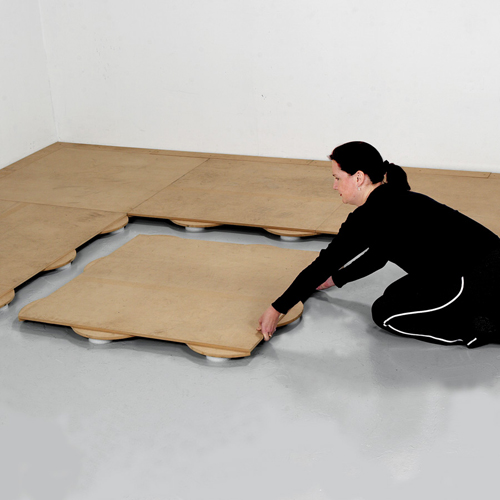Investigating the Advantages and Drawbacks of Timber and Vinyl Dance Surface Materials for Ideal Performance and Visual Appeal
When it pertains to selecting the appropriate dancing surface material, wood and vinyl are two common choices that dancers and studio proprietors often evaluate. Each material has its own unique advantages and disadvantages that can affect performance, safety, and visual appeal. Comprehending these differences is essential for arriving at an educated decision that meets the requirements of performers and enhances the overall environment in a dancing studio or showcase area.Wood dance surfaces are often preferred for their traditional look and texture. They offer a natural surface that can take in impact, which is beneficial for dancers who perform high-impact movements. The flexibility of timber helps reduce the chance of harm, such as sprains and strains, by offering a supportive surface. Additionally, timber floors can be refinished, enabling them to maintain their appearance over the years. This durability makes them a sustainable investment for dance spaces. However, wood floors can be more costly to set up and maintain compared to synthetic options, and they may require consistent upkeep to prevent bending or damage from humidity.
Conversely, vinyl dance floors provide a variety of advantages that make them appealing to many dance spaces. One of the primary benefits of vinyl is its cost-effectiveness. Vinyl flooring is generally more affordable to buy and set up than wood, making it a budget-friendly choice for spaces. Furthermore, synthetic is available in a variety of colors and patterns, enabling for more customization to align with the style of the space. Vinyl surfaces are also easier to maintain and upkeep, as they are resistant to stains and moisture. However, some performers may discover that synthetic does not provide the same level of shock absorption as timber, which could result to discomfort during long practice sessions.
Another important consideration to evaluate is the kind of dance being performed. Different dance floor rental for trade fairs dance styles may demand distinct floor materials for optimal performance. For example, classical ballet performers often favor timber surfaces because they provide a solid surface for spins and jumps. In contrast, styles like hip-hop or contemporary may benefit from the non-slip features of vinyl. It is crucial for studio proprietors to consider the main dance styles taught in their space when selecting a surface substance. This evaluation can help guarantee that dancers have the optimal possible experience while practicing and performing.
Aesthetics also play a significant role in the decision-making process. Wood surfaces are often linked with sophistication and heritage, making them a favored option for elegant dancing spaces and theaters. The organic grain and warmth of wood can create a welcoming atmosphere that enhances the general feeling for both performers and spectators. On the other hand, synthetic surfaces can be crafted to replicate the look of wood or other materials, providing a modern and stylish appearance. The choice between wood and vinyl can ultimately hinge on the desired ambiance of the space and the impression that studio owners want to create.
In summary, both wood and vinyl dance floors have their own set of benefits and drawbacks that can influence execution and visual appeal. Timber surfaces provide longevity, shock cushioning, and a traditional appearance, while synthetic surfaces offer affordability, ease of maintenance, and design versatility. The choice between these materials should be determined on the particular requirements of the performers, the kinds of dancing being performed, and the overall vision for the studio. By carefully considering these elements, studio owners can create an environment that supports best execution and improves the pleasure of dance for everyone involved.
